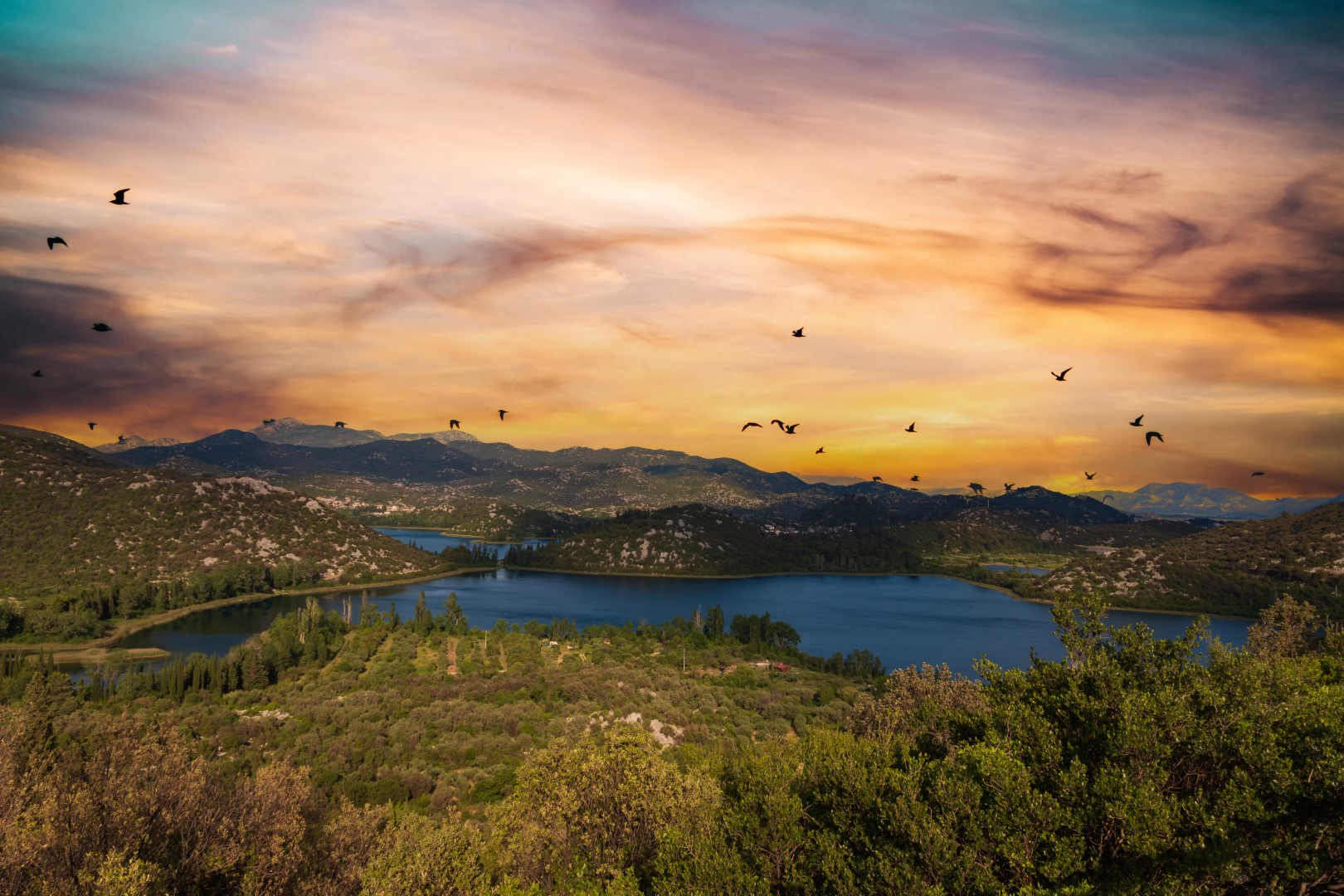The Pelješac peninsula is located in southern Croatia, known for its stunning natural beauty and rich cultural heritage, the peninsula offers the perfect blend of sun, sea and history. With its indented coast, pristine beaches and charming fishing villages, Pelješac is a haven for beach lovers and nature enthusiasts. Visitors can indulge in various water activities such as swimming, diving and sailing or simply relax on the golden shores. The peninsula is also known for its vineyards and winemaking tradition, where some of the best Croatian wines are produced, especially robust black dingač. Wine tasting tours and visits to local wineries are popular activities that allow visitors to taste the flavors of the region. In addition to natural beauty, Pelješac can also boast of a rich historical heritage. Medieval walls, ancient fortresses and charming stone villages dot the landscape, offering a glimpse into the region's past.

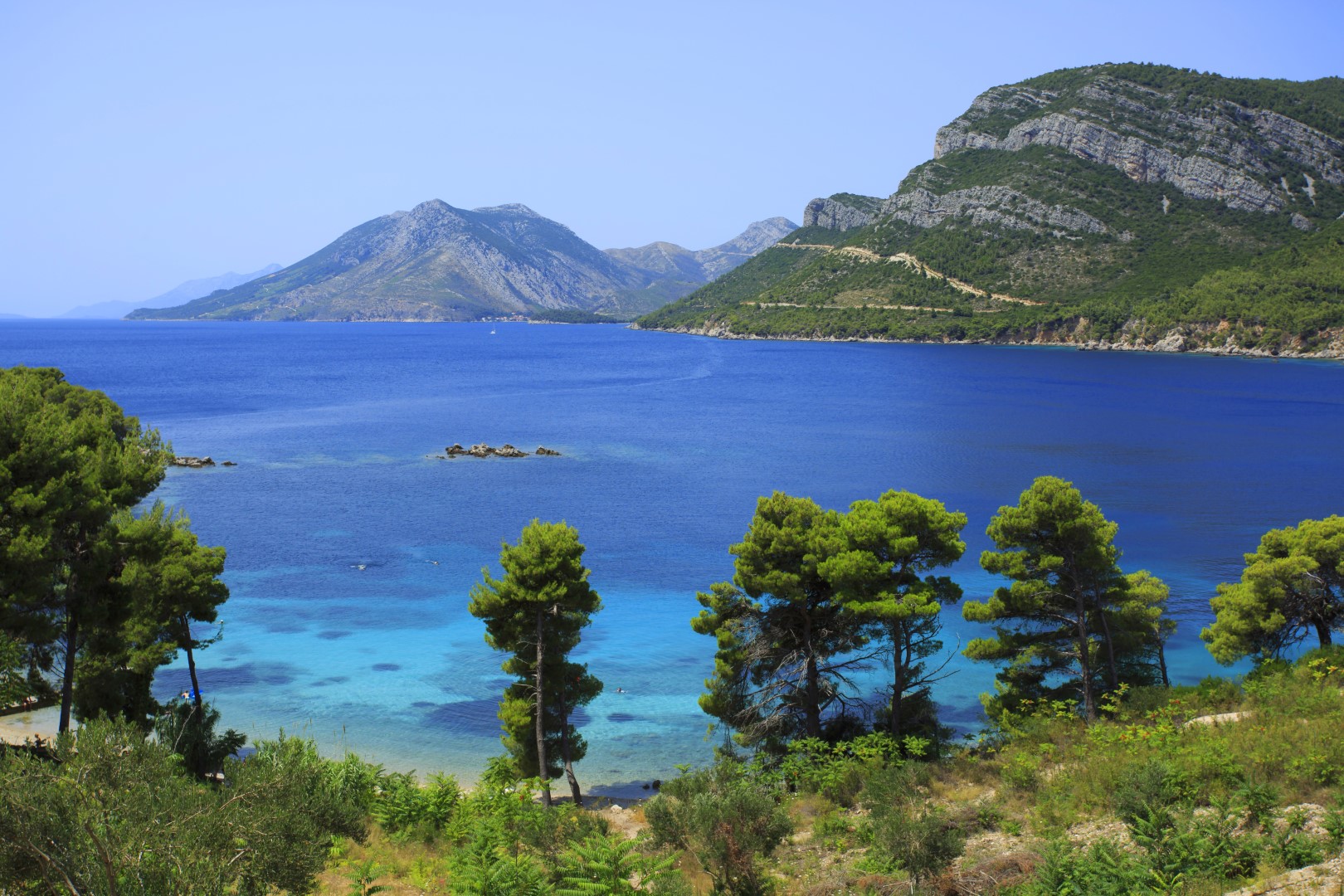
One of the most important attractions of Pelješac peninsula is the Ston small place. Monumental walls and beautiful nature are harmoniously integrated into the old place center that invites exploration, and tourists are particularly attracted by the gastronomic specialty of this region, which is reflected in the rich selection of shellfish from the Maloston Bay. The walls of Ston are the longest in the world after the Great Wall of China and one of the best-preserved medieval defensive buildings. In the first half of the 14th century, they were built by the Republic of Dubrovnik, to which Pelješac was annexed, in order to protect the salt pans and shellfish farms in the Maloston Bay from enemies. This magnificent building was seven kilometers long, had three fortresses and 41 towers, and today it is ideal for a walk, which is possible for 5.5 kilometer. Salt production in this area dates back to Roman times, and the Ston Saltworks is considered the oldest saltworks in Europe. The tradition of picking salt has been passed down for 4 thousand years and from then until today it is produced in the same way, with the help of the sea, sun and wind, and you can visit and listen to the story of the technological process.

The story of Mali Ston is incomplete without a story about oysters. According to old records, their cultivation dates back to the beginning of the 13th century in the Maloston Bay. This food has received the mark of authenticity at the European level, it thrives where freshwater and seawater mix, and is usually eaten raw with a few drops of lemon. One of the gastronomic oases in the south of Croatia is located in a stone house on the waterfront, where the captain of the Maloston guard lived during the time of the Republic of Dubrovnik. The fresh, aromatic and delicious food in the Captain's house, which is prepared in such a way as to highlight the basic flavors of fish, shellfish, crabs and local vegetables, truly belongs to the top gastronomic pleasures that we can imagine in Croatia.
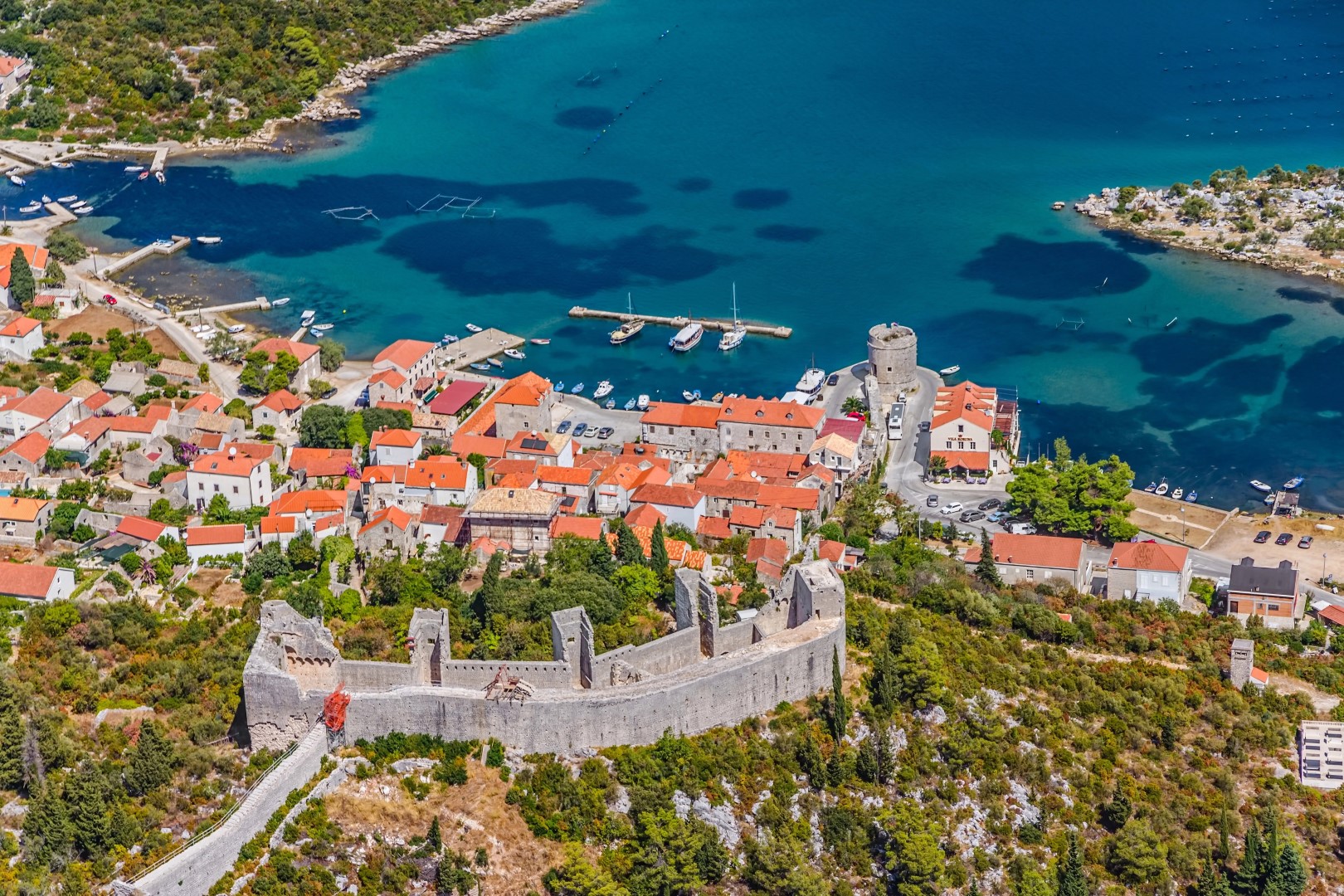
More than a thousand years of Dubrovnik's history is present in every part of this city, which is a city museum and a living stage, an ideal combination of history and modernity. Since 1979, the City of Dubrovnik has been under the protection of UNESCO, as a harmonious, high-value ensemble of city walls, historical buildings, streets, squares and numerous monuments of sacred and secular architecture. The magical stone city is surrounded by 1,940 m long stone walls, and a tour of this, the second most visited open-air museum in the world, will surely leave you breathless. Visit the Dubrovnik museums and discover how the prince lived during the time of the famous Republic of Dubrovnik, where and how grain was stored in those ancient times, and which ships made up the powerful fleet of the Republic and traded around the world, spreading the glory of Dubrovnik. Taste some of the delicious Mediterranean specialties in taverns and restaurants located in the historic city center.
Srđ Hill rises above Dubrovnik 413 m from its northern side, from where a beautiful view of Dubrovnik and its surroundings opens up, an ideal position for photographing the panorama of Dubrovnik and its surroundings. In the Imperial Fortress, which was built on a strategic location in 1810 during Napoleon's occupation, there is a museum of last Homeland War in 1991.
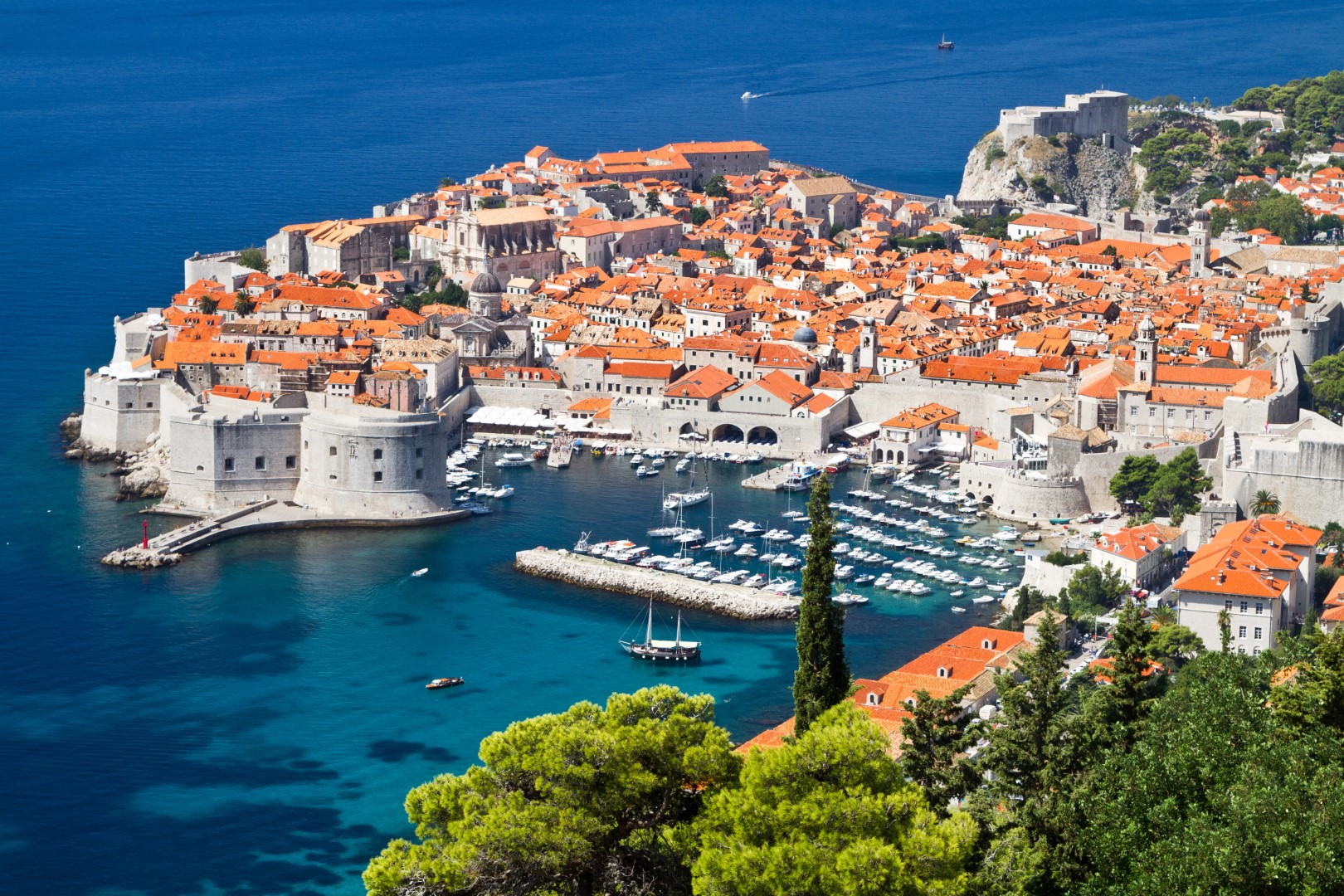
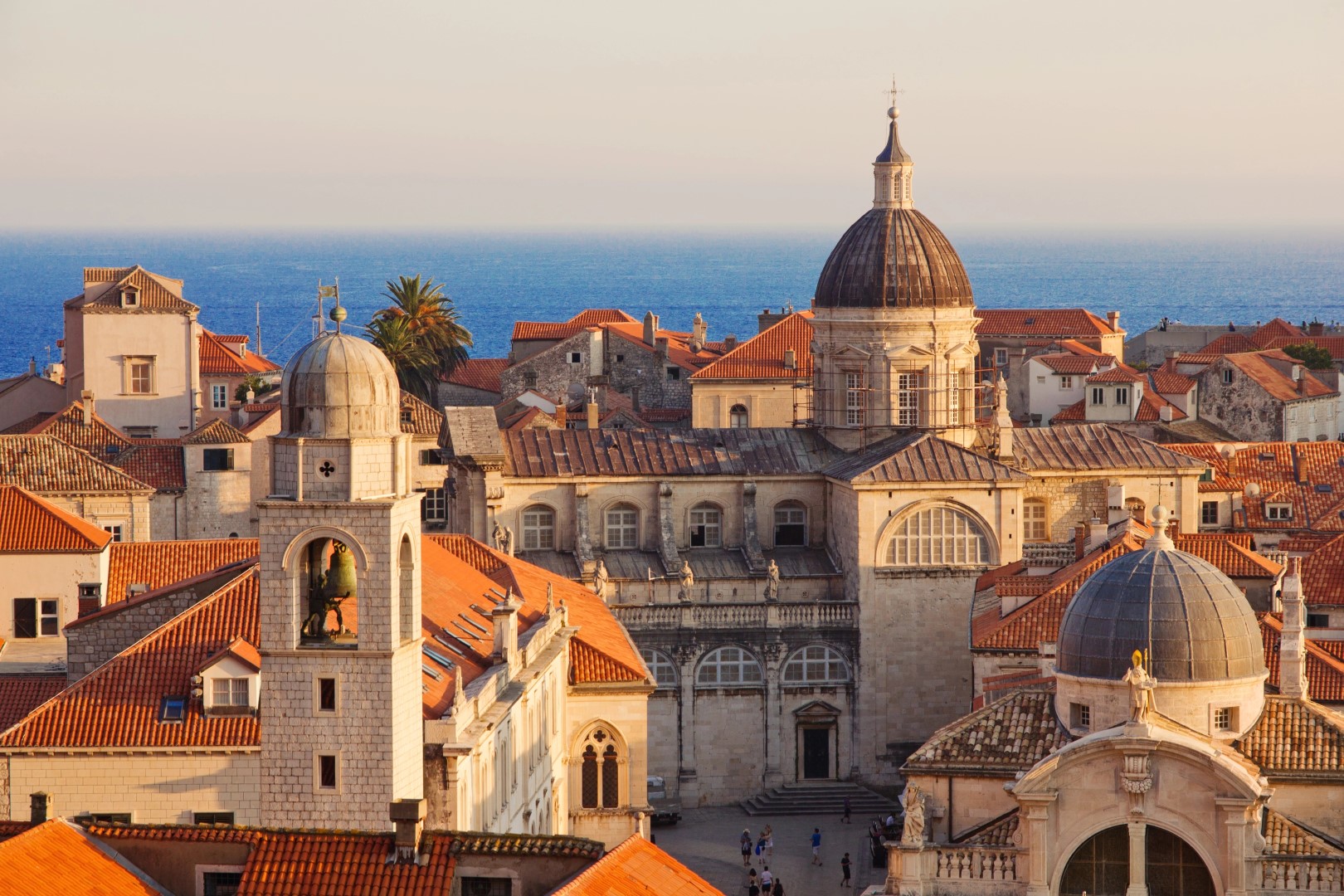
Cavtat is a unique place on the Adriatic, an old town on the hill of the wooded Rat peninsula, all overgrown with Mediterranean vegetation with evergreen pines and cypresses. More than 7 km of shallow coastline, clear sea, sandy beaches and bays have made Cavtat one of the most sought after and visited tourist spots in the Dubrovnik area. The charm of this old town is given by the ambience of the buildings from the time of the Republic of Dubrovnik, which also built this place according to the regulatory plan and gave the old part of Cavtat its present appearance. Most of the cultural and historical monuments belong to the modest and beautiful architecture of the Renaissance period with traces of Gothic: the Prince's Palace, fortifications, walls around the city, squares, the church of St. Nicholas, the church of Our Lady of Cavtat and the Franciscan monastery. This ancient city and the surrounding area preserves many traces of an old, several thousand years long history. It was raised several times from ruins and complete ruin, in the past it was the flourishing city of Epidaurum, known to the entire ancient world and, after its total destruction in the 7th century, only abandoned ruins. In the 15th century, when the Republic bought Konavle and Cavtat, it was rebuilt on the ruins.

The Baćina Lakes are located halfway between Split and Dubrovnik. They consist of seven lakes that are home to numerous plant and animal species. In addition to biodiversity, the lakes also have a rich past, and it is known that the ancient Roman settlement of Praetoria existed in this place. According to legends, the Illyrian goddess Teuta worshiped the lakes, and that is why the Baćina Lakes are also called 'queen Teuta's pearls'. Today, the lakes are one of the few places on the Adriatic coast where it is possible to enjoy peace even in the heart of the tourist season. A bicycle-pedestrian path connects six lakes, and some of the most popular activities on the lakes are: panoramic trips on a traditional boat, kayaking and rowing on a board.
